This week on the podcast, Sophie and I have done a fairly deep dive into eco paints. She was mostly enraged that there is no industry standard and everyone does what they want so we have looked into the subject in more depth to try and understand what’s what and what you need to know.
We can’t claim to provide the definitive guide but we have some good tips and information that might help you make your paint choices. You can, of course, listen for the full details but I have laid out some highlights for you here.
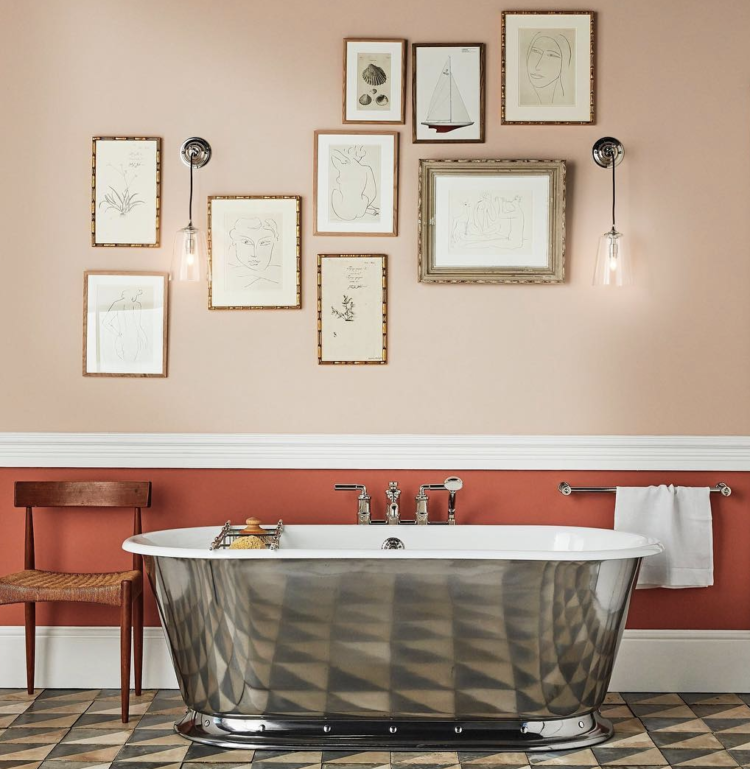
The first thing to note is that lots of paints claim to be eco-friendly because they are low VOC (volatile organic compounds) and while VOCs are bad for you it’s also true a) that the level of them in paint is regulated so it’s not so much an eco claim as a legal requirement, and b) you can’t escape them anyway. Sophie was told that cooking bacon and eggs releases VOCs so buying low VOC paint and thinking you’ve done the right thing isn’t really making a difference.
Of course, no-one has it all right all the time so you have to make a choice. Is where it’s produced more important more than what’s in it for you? Do you want to save on the air miles for the product or set the eco credentials aside for a locally made item. It is, as Sophie says: “a hornet’s nest”.
And, since there is no industry standard; everyone does different things in different ways. So we decided to focus solely on the paint. We’re not getting the carbon footprint or the transport details. So:
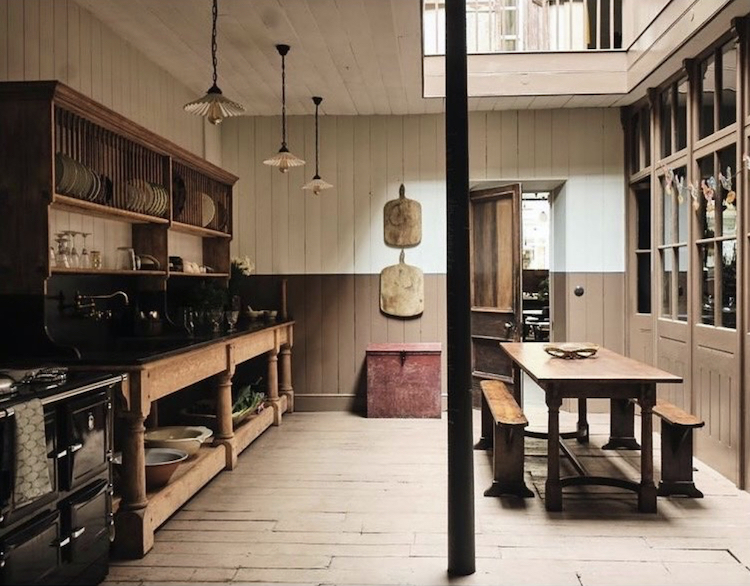
THE WASTE PAINT PROBLEM
Did you know that only one third of recycling centres around the UK accept paint tins?
That 55m litres of paint goes to landfill every year in the UK
98 per cent of tins end up in landfill or incinerators according to a British Coatings Federation Report of 2015
50m tins are currently stockpiled in homes and sheds in the UK.
And that paint goes off so there’s no point keeping it anyway as it won’t match what you have on your walls.
Brands often shout about their recyclable tins but you have to clean them to recycle them and you can’t wash the paint down the sink.
And local guidelines across the country are different for what you an do with your leftover paint so it’s even more complicated.
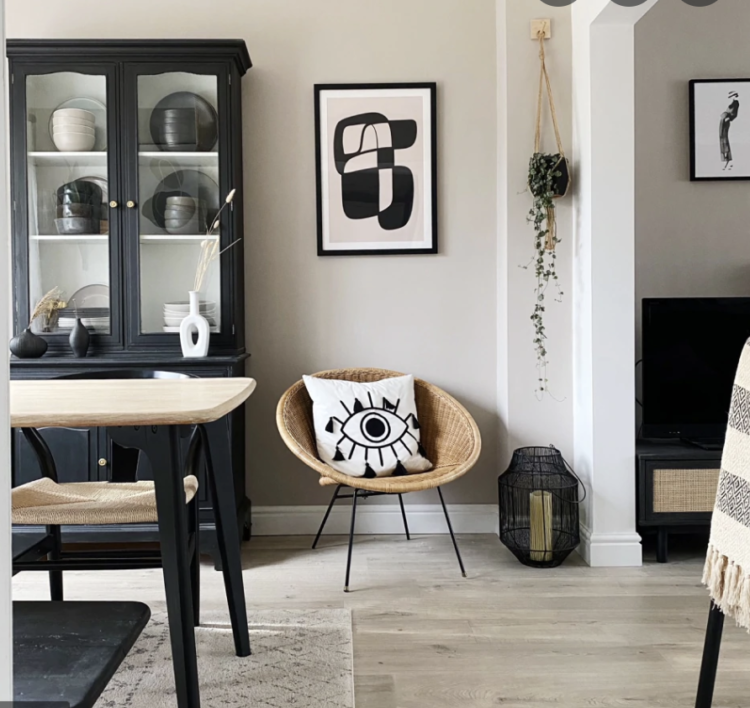
WHAT CAN WE DO?
The first thing is to get the colour right. This might involve using tester pots to make sure you love it and won’t have to redo it if it’s wrong. We’ve all done this.
How to get the most out of a tester pot
Paint two coats of the sample on a large piece of card – as large as you can.
Stick it to the wall and move it around so you can see how it works in corners and bright spaces
Try two tones of a similar colour so you can really see the difference
Don’t forget to put it next to the furniture/curtains/carpet
Make sure you look at it under both day light and electric light at night as it will change
Once you have found the right colour then use the paint calculator that many brands now provide. If your chosen brand doesn’t have one use the one on another site. We work out how much wallpaper we need so why not paint? Instead of just assuming it will be a 5L take the time to work it out and save waste.
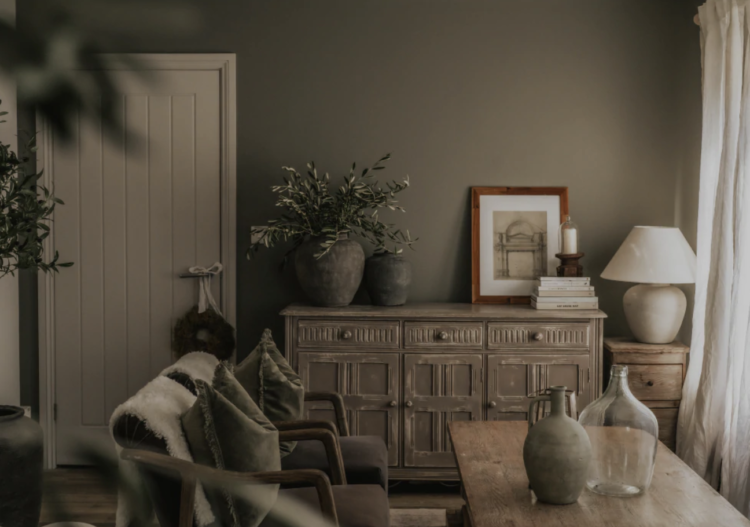
Don’t over-order. Test properly. Make the right choice.
If you buy a good quality scrubbable paint you will need to decorate less often so you will use less paint over a period of time.
Farrow & Ball recognise that the key factor to reducing the impact of decorating is the longevity of the paint finish and their Modern Emulsion recently won a Which? award best buy for washable paint. It has the best possible scrub rating result.
Now tester pots aren’t ideal – there are only so many small stools and shelves you can paint with the leftovers and that definitely contributes to the waste problem. Some companies are trying to take that on – Coat only supply pre-printed swatches that stick to the wall and peel off. They are recyclable as they are glue-free and can go in the household recycling.
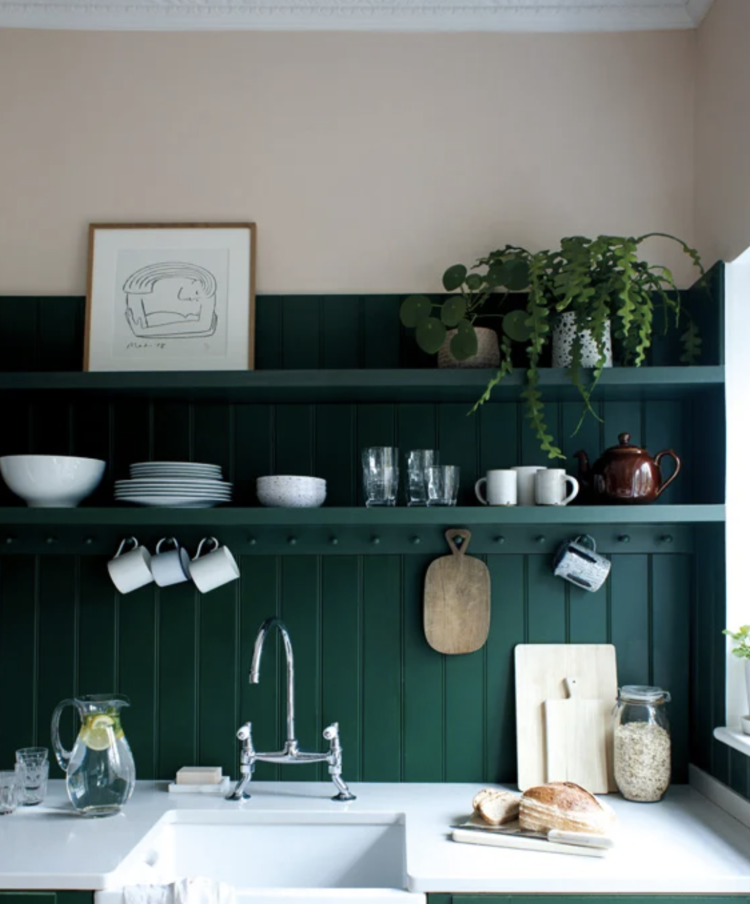
WHAT TO DO WITH YOUR LEFTOVER PAINT
We’ve already spoken about the problem of what happens when you take it to the tip. If your leftovers are fresh you can try organisations such as Community Repaint but bear in mind they can only use fresh leftovers – they don’t want the rusty old tins that have been in your shed for years. You can also try Facebook Marketplace or your street WhatsApp group – you never know who might need a small amount.
Dan Everard, a network coordinator for Community Repaint, says: “At the recycling centres that are part of our network, only the unusable paint (e.g. gone off, rusty tins) is sent to incineration. All other paint is reused in the community.
“In 2021, our schemes collected 387,748 litres of leftover, reusable paint so if you drop off your paint you will be making a big difference in reducing waste and brightening local communities.”
Before you get rid of your old tins decant some into a glass jam jar where it will keep fresher for long and won’t go rusty. That’s enough for touch ups. Then store the jar upside down so it seals the air from the top and you don’t get that dry ring of paint that means you can’t get the lid off.
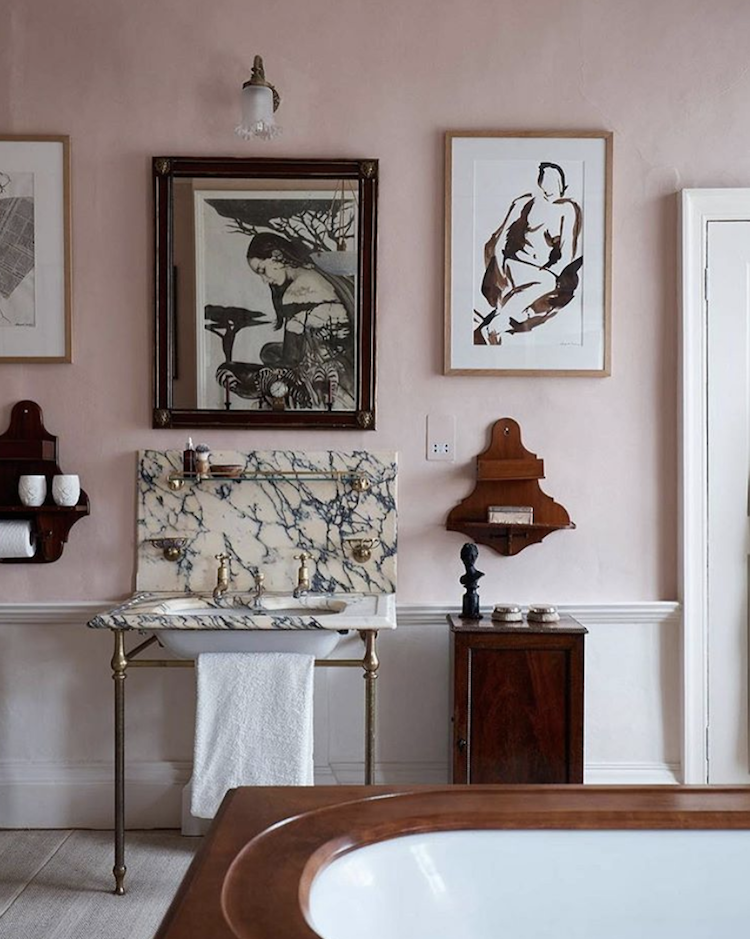
WHAT ARE THE BRANDS DOING?
Again, we have only touched on a few but you can research and ask questions of the others if you want to use some of the colours.
Edward Bulmer makes eco paint using products that you can pronounce. He is one of the few (the only) brand to list the ingredients on the tin. He says that most paint uses plastic (from fossil fuels) to bind the paint. He doesn’t and also only uses natural pigments which means his colour range is smaller.
Graphenstone use no oil, plastic or chemical preservatives. Graphene is a Nobel-prize winning material made from carbon – the third most prevalent material on earth and it adds strength to the paint so it lasts for longer. Graphenstone paints are highly certified and absorbs CO2 from the air – like a tree – 5kg of CO2 per 15L. See my Do Less Harm Directory for more details. There are 96 house colours and they do colour matching as well.
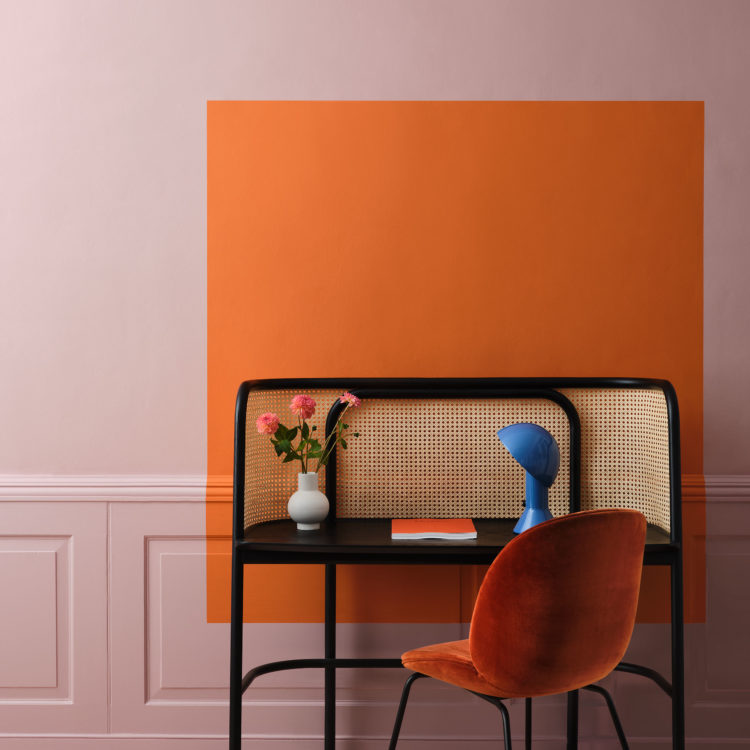
Coat Paint have a 37 page pdf on their website but that’s a lot of information to wade through which is part of the problem.
Dulux don’t talk about it at all.
Little Greene are about to launch Re:mix – I’m going to tell you more about this next week, But in short: they have come up with a way of combining the colours that are sent back unopened – up to 2 per cent of the 300 daily deliveries – into some of the colours that are on their original colour chart. As all their paint is made to order this would otherwise go to waste; when paint is refused, because a customer has changed their mind or the tin is dented – yes really – it has to be transported back to the warehouse where it would have to be stored until someone else ordered exactly the same amount in the same colour and finish. This isn’t practical and the paint goes to waste. So, launching next week, you will able to buy some of the original colours in Re:mix for around half the price. For example Juniper Ash in the original mix is £52 for 2.5L but the exact same shade but with slightly higher sheen is £28 for 2.5L. As I say – more on this next week.
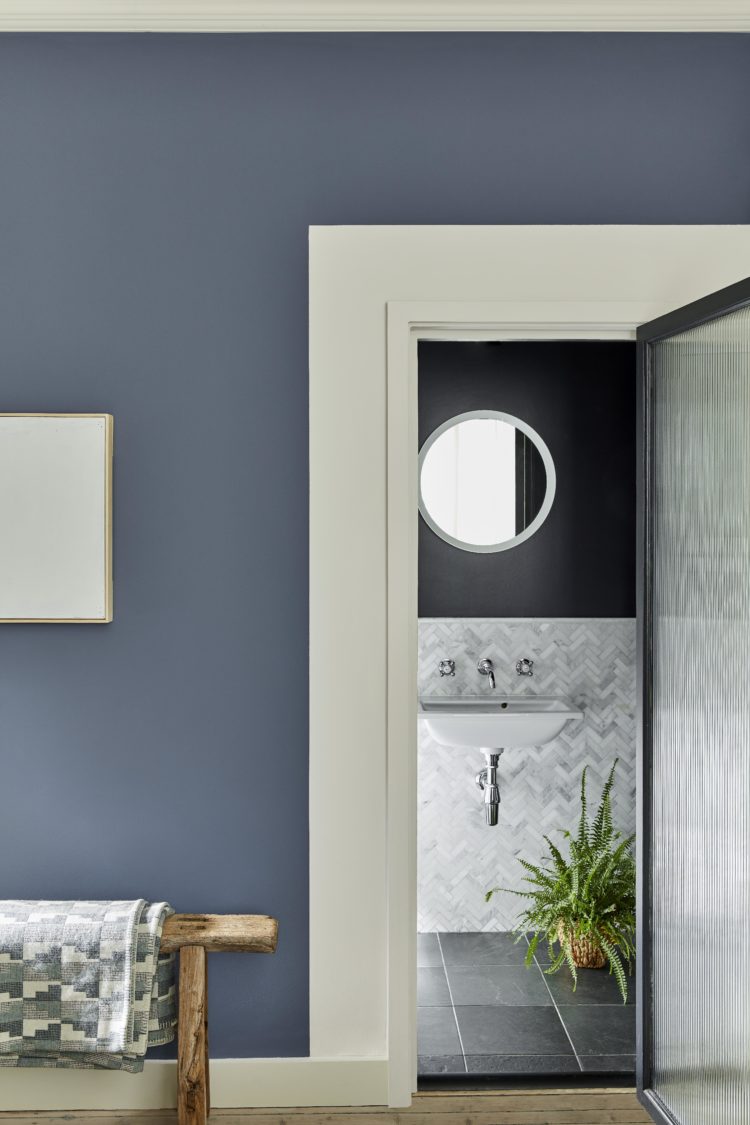
Yes Colours – a new brand that comes in 100 per cent recyclable pouches of 1L only. This allows you to be more exact about the amounts you are buying. Currently the pouches are a single material type PE4 but they are moving to include a 30-40 per cent recycled material next year to make it even more recyclable. Worth noting too that flexible packing like this uses 16 per cent less fossil fuel, 26 per cent less water and generates 21 per cent less green house gas.
As I say this isn’t definitive but I hope it’s a helpful start. And do come back next week to learn more about Re:Mix.






While listening to the podcast today, which I enjoyed! I was also painting, a few thoughts surfaced.
I returned a full can of paint which arrived damaged to F&B in Canada. This was not a small ding, but a collapsed side
The fault was not that of F&B, but of the courier service. F&B took full responsibility in refunding my cost, and as I have learned from Etsy sellers, the company would also receive some form of compensation from the courier service. In cases where large quantities of damaged paint containers are returned, unopened, and documented with photos, to paint manufacturers, I wonder if the paint could not be resealed into a new container and offered at a discount price. This would keep paint out of landfills, and recompense the paint manufacturers. I also like the comment made from Allison. Smaller paint sizes for small paint jobs would be a great incentive. Returned paint could be resold this way.
Great podcast which I listened today while painting! A recent thing that has annoyed me is that you cannot buy emulsion in less than 2.5 litre cans. I have to touch up a small area in F&B railings but will have to buy the whole 2.5L can when I only need a fraction of that. The other option I thought of is re-painting in a colour that I’ve used elsewhere in the house, like Little Greene French Grey…
Thanks for the podcast on the complexities of paint. Keim mineral paints deserves a mention in the #donoharmdirectory I think. They don’t use solvents or petrochemical derivatives, last a long time meaning redecoration is needed less frequently, are breathable and to an extent self cleaning – latter two advantages are especially helpful if used for exterior walls. They have a wide range of colours but can match to anything. We were introduced to Keim by our architect and have used it inside and out. It is an old house with lime plaster and needs to be able to breathe so ‘plastic’ paint is a no go. We have also used Rose of Jericho distemper and limewash, this is a British company in Dorset which deserves to be better known.
Making your own paint can be a good eco option, has anyone tried this? Recently purchased a book “The natural paint decorator” but haven’t got around to giving it a go yet.
Also slightly obsessed with natural plaster finishes, this will have you hooked! https://www.youtube.com/watch?v=wTY6arzNs24&t=21s
Great post. Hopefully you will return to this topic when more information is available. I paint everything white now which cuts down on the number of tins cluttering the place up.
I understand you were only able to mention a few brands but I just wanted to introduce Francesca’s Paints to those who don’t already know the company. Launched in 1996, it was one of the first eco paint companies. Founded by Francesca Wezel, a yogi, vegetarian and keen environmentalist and passionate colourist, it was very important to her that the company reflected her ethos and lifestyle. Francesca provides hand painted A4 swatches, paint samples are supplied in recycled pots, and all paint is hand-mixed to order in her studio. With over 200 paint colours to choose from, she has colours to suit everybody.
I understand why you can’t cover all brands but in your section what are the brands doing’ you haven’t mentioned Farrow and Ball or Annie Sloan … both of which are big names and often appear in your posts.
I haven’t listened to the podcast on this subject so will do it today (as I’m painting) and perhaps you’ve covered it in your discussion.
Love the tip of upside down glass jar 🙂
Thank you
Farrow and Ball is mentioned and linked earlier in the post with their award-winning paint. And no we didn’t discuss Annie Sloane – as you point out there are masses of brands and we couldn’t speak about one. However, by commenting you have added that to the discussion which is a good thing.
You haven’t mentioned the second hand market. I have often advertised partly used tins of paint and sample pots on Facebook Marketplace, Gumtree and Ebay and have always found a new home. Definitely better than having a shed full of paint tins
I have mentioned both Facebook marketplace and Community Repaint in this post. I think the others may well be mentioned in the episode.